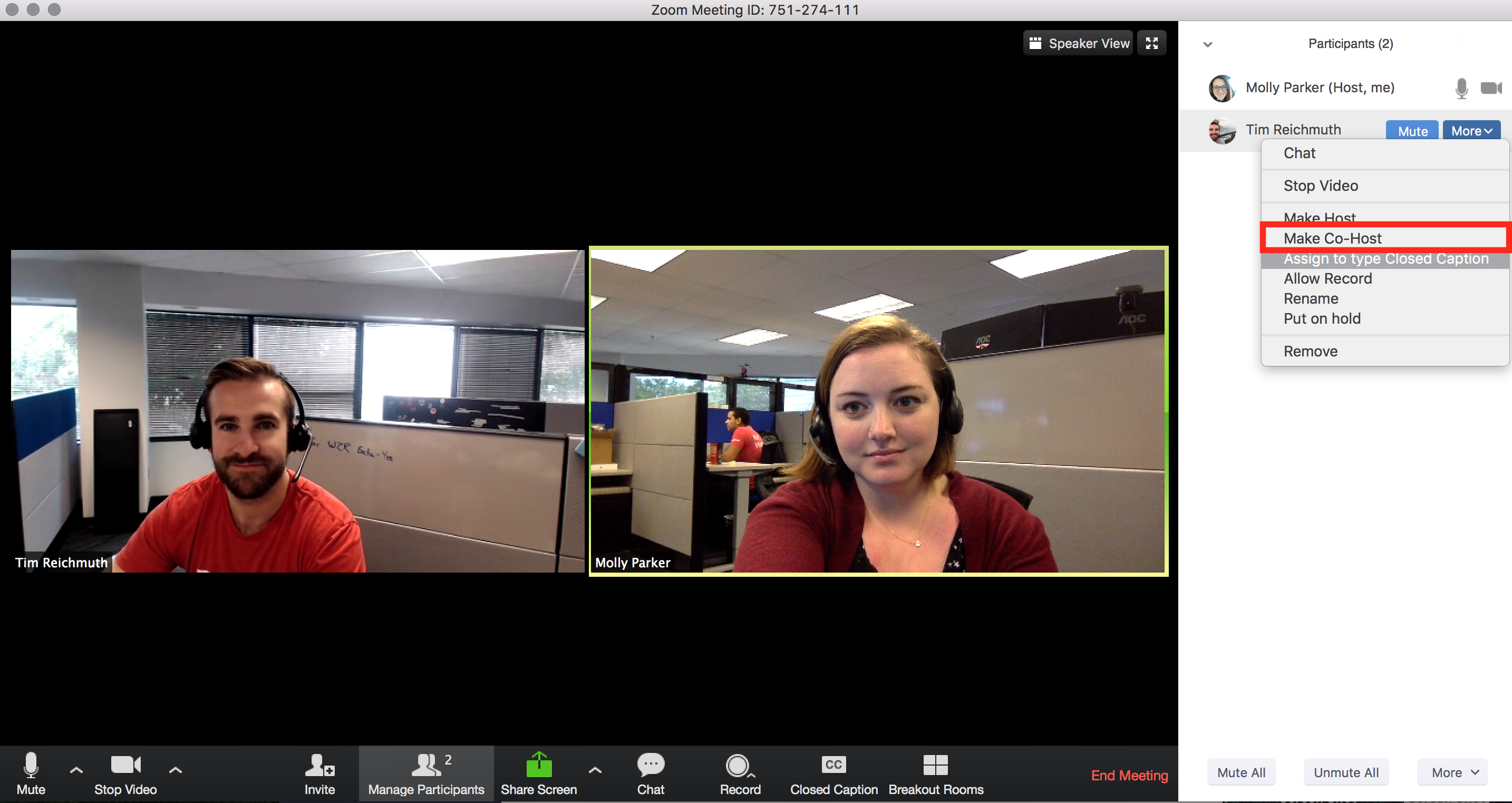


- How to allow others to join zoom meeting without host how to#
- How to allow others to join zoom meeting without host full#
In the Participants pop-up, click the button that says “Lock Meeting.” During a meeting, click “Participants” at the bottom of your Zoom window. “Lock” the meeting: When you lock a Zoom Meeting that’s already started, no new participants can join, even with an approved meeting ID and password. When a meeting is in progress, the host can In addition to the quick in-meeting Security controls that take effect for all participants, Zoom provides options for restricting the participation of individual attendees or fine-tuning the meeting activities to add more nuanced control for how attendees participate. You can also lock the Screen Share by default for all your meetings in your web settings. Click the arrow next to “Share Screen”, and then select “Advanced Sharing Options.” Under “Who can share?” choose “ Host Only” and close the window. You can do this before or during the meeting by using the host controls at the bottom of the interface. To prevent random people in your public event from taking control of the screen, restrict sharing to yourself. The simplest way to retain control of screen sharing in a Zoom meeting is never to give it up in the first place. Read on for a list of Zoom features that prevent unwanted interruptions. Note: a checkbox to the right of an option indicates the option is currently enabled. One-click option to immediately Suspend Participant Activities.To access these options, click on the Security icon in the Zoom app's controls to: The set of options below is available within Zoom's in-meeting security controls that allow you to quickly modify participant permissions for all participants. Steps to take after you start the meeting

How to allow others to join zoom meeting without host how to#
Understand how to protect your virtual space when you need to. This can be done when scheduling via Zoom on the web, or when scheduling from your Zoom desktop application.įamiliarize yourself with Zoom’s settings and features. Require authentication so attendees must log in with their Zoom account before entering the meeting.Įnable the waiting room within your meeting settings to control who comes and goes and to give you a moment to do things like restrict participants' ability to share their screen or to use the chat before you admit attendees into the meeting.
How to allow others to join zoom meeting without host full#
Full video tutorialĪdd registration to your meeting so attendees must provide an email address which is attached to a Zoom account. Learn about meeting IDs and how to generate a random meeting ID. Your PMI is essentially one continuous meeting, and people can pop in and out all the time. Here are some tips you can use to help when a public meeting space is necessary: Steps to take when scheduling the meetingĪvoid using your Personal Meeting ID (PMI) to host public events. You may, however, occasionally require a meeting link (for office hours, for instance) that is open to a broader community of students than just one class. If you share your meeting link on social media or another public location, anyone with the link can join your meeting. Below are a few strategies that ensure your meetings are not disrupted. Depending on your personal settings, however, some ostensibly private meetings may also be vulnerable. Most attacks exploit publicly available Zoom links. These uninvited guests share their screens to bombard real attendees with disturbing or distracting content. Zoom-bombing is the term for when individuals "gate-crash" Zoom meetings.


 0 kommentar(er)
0 kommentar(er)
